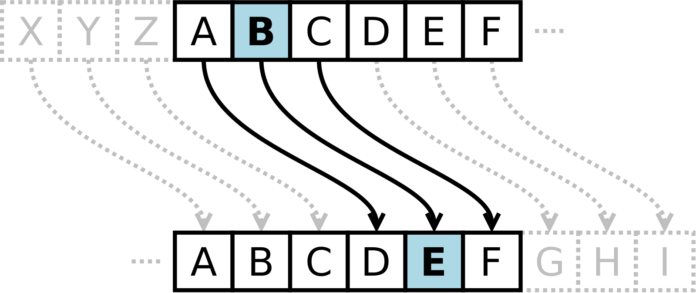The M-94 Signal Device was a cryptographic tool used by the US Army and Navy for encoding and decoding secret messages. It consisted of a wooden cylinder with 25 or 26 lettered discs that could be rotated to create different combinations of letters. The M-94 was based on an earlier invention by Thomas Jefferson in 1795, who devised a similar device with 36 discs. The M-94 was developed by US Army Major Joseph O. Mauborgne around 1917 and adopted by the US Army in 1921. It was used for tactical communications until it was replaced by the more complex M-209 in 1943.
The M-94 was a polyalphabetic substitution cipher, which means that it used different alphabets for different parts of the message. This made it harder to break than a simple substitution cipher, which used only one alphabet. The M-94 worked by aligning the discs to spell out a keyword or phrase, which served as the key for the encryption. Then, the sender would choose any row of letters on the cylinder and write it down as the ciphertext. The receiver would use the same key to align the discs and find the row that matched the ciphertext. The plaintext would be revealed on another row of the cylinder.
The M-94 was a simple but effective device for securing messages during wartime. It was easy to use and could produce many different keys by changing the order of the discs or the keyword. However, it also had some limitations, such as being vulnerable to frequency analysis or cribbing if enough ciphertext was available. The M-94 was also bulky and noisy, which made it impractical for field use. Despite these drawbacks, the M-94 was a significant improvement over previous methods of encryption and decryption, and it paved the way for more advanced machines in the future.







